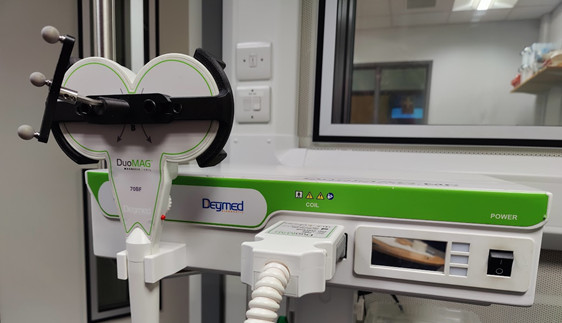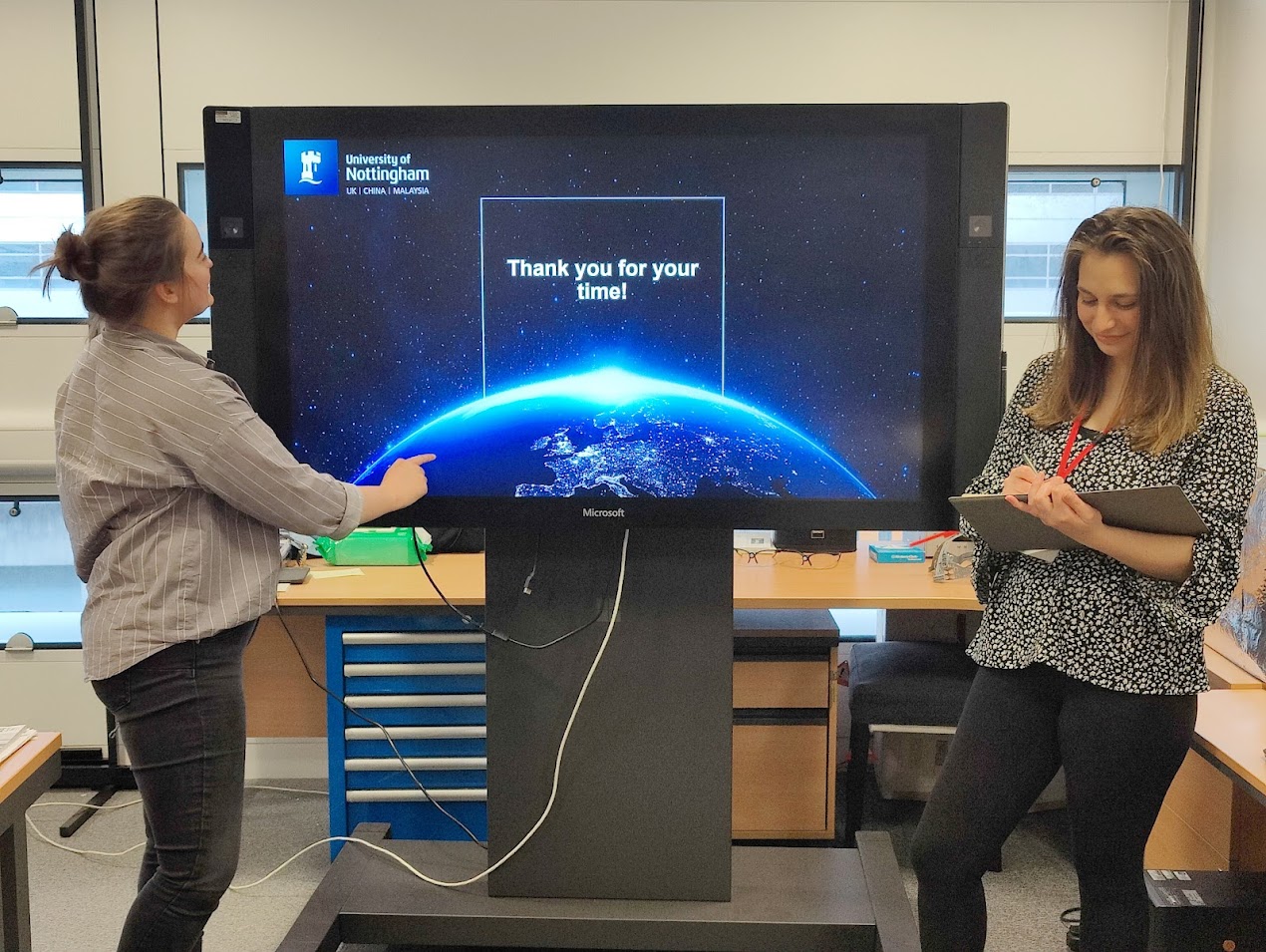The HS-PrediCt Blog
The Role of Comedy in Public Engagement: Lessons from Performing at the Cabaret of Dangerous Ideas
November 2024
The Cabaret of Dangerous Ideas (CoDi) combines academia, the general public, and stand-up comedy to promote outreach and engagement in research. Since 2013, CoDi has been part of the Edinburgh Fringe Festival. During the event, academics are given approximately 20 minutes to present their research in an accessible way, accompanied by a talented stand-up comedian who adds a touch of humour. Following these presentations, there is a 40-minute session of audience interaction, including questions and discussion.
Read full post
Changing Mindsets - Public Engagement Event 2024
June 2024
What does it mean to experience your once perfect hearing deteriorate? They say you only realize the value of what you had once it’s lost. But we (clearly being wiser) say, let’s not wait to lose our hearing but instead, take better care of it now. What better opportunity to increase awareness about the importance of hearing health than on World Hearing Day, and who better to celebrate it with than our wonderful research participants with the valuable lived experiences of hearing impairment!
Read full post
Used to be a DIME, now a DOLLAR
April 2024
Does the marksman always take “careful AIM” or, in recent times, do they sometimes take “careful NOTES” instead? In re-examining statements from the 80s with listeners from today, this is just one of the differences we found from the Revised – Speech in Noise (R-SPiN) corpus (Bilger et al., 1984).
Read full post
All eyes on you – the wonderous world of Visual World Paradigm
October 2023
"The eyes, chico, they never lie" – Al Pacino might have been onto something when he said this iconic line back in 1983. Fast forward a few years and we had a research paradigm that used eye movement data, gaining popularity in the 1990s. I would like to take a moment to clarify that though Al Pacino emphasized the importance of considering what the eyes have to say, he had no role to play in this paradigm’s rise to fame. This paradigm, now known as the Visual World Paradigm, was pioneered by Cooper and by Tanenhaus and colleagues, and the use of this paradigm revolutionized the field of psycholinguistics.
Read full post
Hearing: Behind the Scenes - Public Engagement Event
April 2023
This year we had the honour of hosting the first of its kind ‘Hearing: Behind the Scenes’ public engagement event at the Hearing Sciences Scottish Section. It was not only a great opportunity for members of our lab to share the ‘behind the scenes’ of hearing research, but also a chance to recognize the valuable contributions of the very core of our research, our participants. We had a fantastic day filled with talks, photography and an exciting activity where we flipped the switch, inviting the audience to think like a researcher. This was the first session, and we hope to continue these events in the future.
Read full post
New paper published
January 2023
A new paper by the HS-PrediCt team has been published in Frontiers in Psychology: Timing of head turns to upcoming talkers in triadic conversation: Evidence for prediction of turn ends and interruptions
In conversation, people are able to listen to an utterance and respond within only a few hundred milliseconds. It takes substantially longer to prepare even a simple utterance, suggesting that interlocutors may make use of predictions about when the talker is about to end. But it is not only the upcoming talker that needs to anticipate the prior talker ending - listeners that are simply following the conversation could also benefit from predicting the turn end in order to shift attention appropriately with the turn switch.
In this paper, we examined whether people predict upcoming turn ends when watching conversational turns switch between others by analysing natural conversations. These conversations were between triads of older adults in different levels and types of noise. The analysis focused on the observer during turn switches between the other two parties using head orientation (i.e. saccades from one talker to the next) to identify when their focus moved from one talker to the next. For non-overlapping utterances, observers started to turn to the upcoming talker before the prior talker had finished speaking in 17% of turn switches (going up to 26% when accounting for motor-planning time). For overlapping utterances, observers started to turn towards the interrupter before they interrupted in 18% of turn switches (going up to 33% when accounting for motor-planning time). The timing of head turns was more precise at lower than higher noise levels, and was not affected by noise type.
These findings demonstrate that listeners in natural group conversation situations often exhibit head movements that anticipate the end of one conversational turn and the beginning of another. Furthermore, this work demonstrates the value of analysing head movement as a cue to social attention, which could be relevant for advancing communication technology such as hearing devices.
Brainbox visit and TMS equipment arrival
June 2022
Alexina Whitley, Eszter Porter and Muzna Shehzad
In June the HS-PrediCt team had an exciting delivery from our friends at Brainbox – the arrival of a Transcranial Magnetic Stimulation (TMS) and Neuronavigation System. Our Principal Investigator, Dr Lauren Hadley, won the use of this equipment for a few months after winning the Brainbox Initiative Research Challenge in 2019. Dan Phillips, Co-Founder and Director of Brainbox Ltd, delivered the equipment to us and kindly stayed to help set-up in the lab and train the team on how to use the system.
Read full post

Our TMS System
Participant and Public Involvement Group
1st April 2022
Alexina Whitley and Eszter Porter
On April 1st 2022 we re-opened our doors to welcome members of our Participant and Public Involvement (PPI) group into the building for the first time since the COVID-19 pandemic began. Many teams within Hearing Sciences Scottish Section took the opportunity to discuss their work and ideas with the members. Here we would like to share what the HS-PrediCt team learnt and why it is of interest.
Read full post

Alex and Eszter presenting at the PPI Meeting